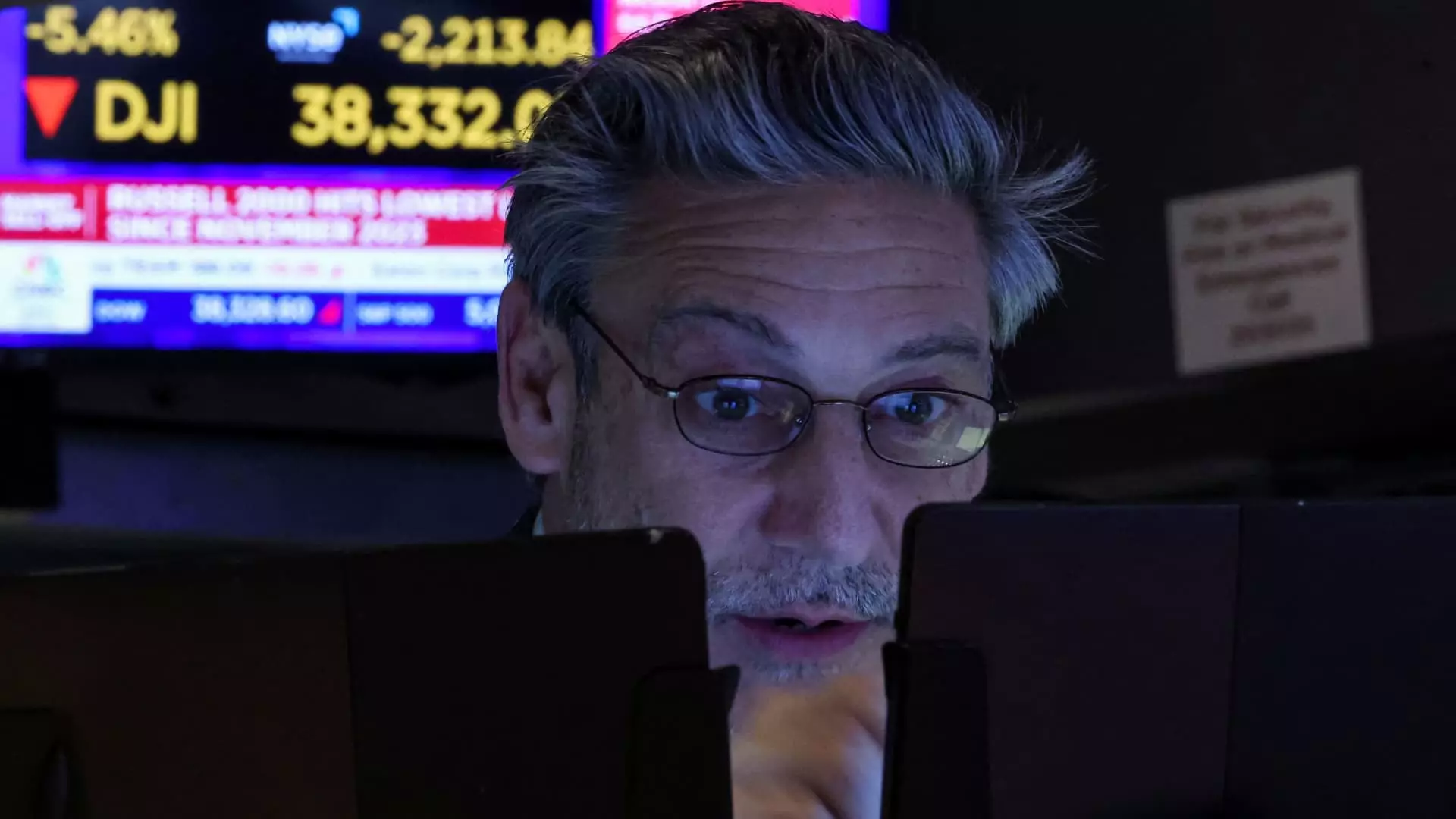In the high-stakes world of trading, where fortunes can be made or lost in mere moments, the concept of a market halt serves a critical purpose. Designed to promote stability in the face of extreme downturns, trading halts are mandated pauses in the buying and selling of securities that occur when prices slide precipitously. Such mechanisms are implemented to allow investors a moment to collect their thoughts, reassess their positions, and ultimately mitigate the chaos that often accompanies swift market crashes. This was starkly evident in March 2020, as the COVID-19 pandemic wreaked havoc on global markets, leading to dramatic trading halts. However, the recent market volatility raises deeper questions about the resilience of our economic structures and the implications of these politically charged economic environments.
The Current Landscape: A Political Powder Keg
As we navigate today’s uncertain market conditions, the origins of current instability can be largely traced back to escalating global trade tensions. With tariffs dramatically increasing under former President Donald Trump’s administration, a veil of uncertainty has enveloped traders and investors alike. The repercussions of a volatile political landscape manifest in the trading arena, causing stock futures to plummet at unprecedented rates. When futures tied to the S&P 500 begin falling dangerously close to the 7% mark during off-hours, it isn’t merely a wake-up call; it’s an echoing alarm bell signaling discontentment that extends beyond financial metrics into the realm of public policy.
The selling pressure that looms over the market in anticipation of a disastrous open on Mondays is not an incidental occurrence; it is a tangible reflection of broader economic discontent and apprehension. Investors are not simply responding to earnings reports; they are reacting to the potential ramifications of government policies, creating an emotional landscape that often overshadows rational decision-making. The fear of a market collapse, coupled with an underlying panic surrounding the administration’s economic strategy, can result in widespread, frantic sell-offs that further cascade market instability.
When Circuit Breakers Become a Lifeline
The introduction of circuit breakers—mechanisms that temporarily halt trading in deeply volatile conditions—is a testament to our collective desire for stability amid chaos. The parameters of these circuit breakers are all too familiar for seasoned investors; if the S&P 500 drops 7% intraday, trading is immediately ceased to temper emotions and bolster logical thinking. This protocol might seem prudent on paper, but it ultimately underscores a significant flaw in the market’s design: it relies heavily on reactive measures instead of proactive approaches to economic governance.
Market-wide pauses might bring traders some respite, but they don’t address the root causes of instability. With the S&P 500 plunging nearly 6% following a dismal session on Friday and closing significantly below its all-time high, it raises the unsettling question—could we not be doing more? As trading halts become a routine response to crises, it’s essential to examine whether they merely mask underlying systemic issues rather than resolve them.
Wall Street’s Fragile Sentiment
The palpable tension gripped Wall Street as the markets responded to the disconcerting news of increasing bears. Friday’s plunge marks the S&P 500’s worst performance since early in the pandemic, with indices finding themselves in a precarious position as they flirt with bear territory. These metrics are indicative of more than just market digressions; they serve as a powerful reminder of investor sentiment, now marred by uncertainty and skepticism. There’s a collective acknowledgment among the trading community that we may be at the precipice of a long-term economic downturn.
Investors are no longer assessing the prospects of companies through a lens of optimism. Instead, the focus has shifted to whether the current political climate and the associated trade policies are sustainable. With the S&P now sitting significantly below its previous highs, there exists more than just a dip; there’s a lack of confidence in the very framework that governs our financial markets. The present discourse among investors asserts a deep-seated need for change—not just in policy but in how these policies are communicated and perceived by the public.
The Paradox of Economic Management
Ultimately, market halts and circuit breakers serve as critical tools in managing moments of extreme volatility, but they should not grant policymakers a false sense of security. Rather than continually allowing ourselves to react in crisis mode, we must advocate for a more robust economic strategy framed within the bounds of a balanced center-right perspective. It’s exhausting to see the market at the mercy of decisions made in Washington, yet we cannot remain passive in the face of such volatility. For those who dare to call for healthier governance around the economy, it’s time to compel our leaders to take economic management as seriously as we do as investors.
It is essential to foster an environment where market resilience is built on solid foundations rather than flimsy reactions to political moves. Only through careful consideration and deliberate policy-making can we hope to rebuild trust and confidence not only within Wall Street but also among everyday Americans watching as their economic dreams hang in the balance.

